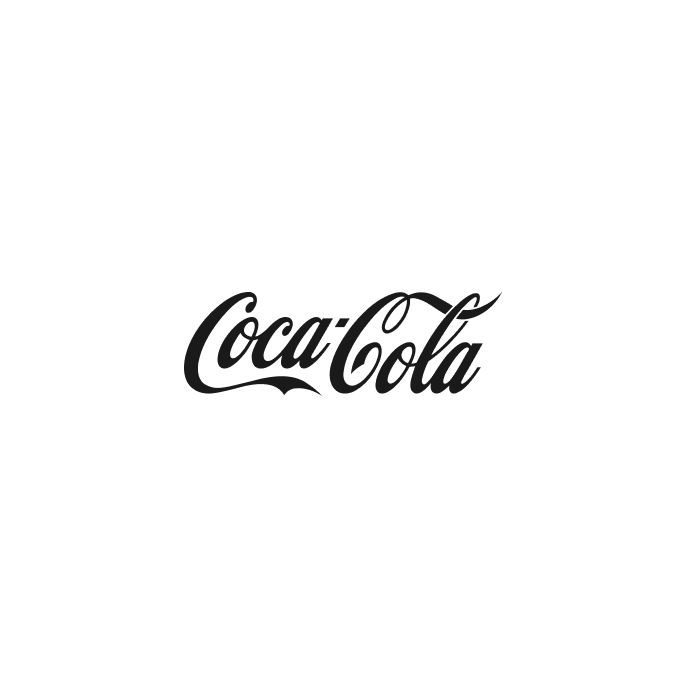In 2018 I attempted to bootstrap the creation of a direct to consumer basketball brand (with my pal Ed) with a budget of just £6000. The seed for the idea began in a pub in Hoxton square in London, where I proudly claimed that creating a brand was a 'piece of piss'. And all it consisted of was finding quality products to put a logo on. How wrong I was.
I can't recall learning more than I did during the two years I attempted to launch this brand, lessons I will take into every future endeavour.
The first mistake we made was trying to run before we could walk. A big inspiration for our brand was Rapha and how their garments are tailored for riders' needs. Having played basketball all my life, I knew the pain points and had a solid list of innovations I wanted to make for each garment. Knowing that most players wore black, the goal was to create a beautiful minimal first collection before introducing coloured garments inspired by cities and teams in later releases.
So began our journey to fabric conventions, finding suppliers of sustainable sportswear fabric and working with pattern cutters and garment technicians to create a sample collection of products that looked and felt incredible.
The only problem was we needed more money to manufacture the garments at scale. We always assumed that some products would sell far better than others, so we attempted to make pre-sales before committing to large orders. However, the garments lacked production quality without manufacturing, making them harder to sell. We concluded that the key to success would be creating a window into our world and having customers pre-order from us until we could hit enough pre-sales to justify mass-made garments.
So we created a beautiful custom eCommerce website and started taking photos of the sample products to build an Instagram following and drive sales to our site. We had many exciting and innovative ideas, like making our homepage a feed of images with quick links to the product, bypassing the need to navigate pages and reducing our customer acquisition cost. We built the foundation; all we needed was to drive people our way, which is where we came unstuck.
We'd set ourselves a fixed budget which we were close to reaching, and without ad spend, the only traction we received was from those who knew us and had seen the lengths we had gone to to make the products exceptional. We needed the product in the world and a hook to drive interest. This was when I realized our fatal flaw; Native wasn't attached to a community or movement.
Even though And1 products were cheaply made, they had embedded themselves in streetball. They had latched onto early player pioneers like Hotsauce, The Professor, AO and Main Event. The creativity and flair of those players were the driving force behind the success of And1. And they were the marketing for the company.
However, unlike the early days of streetball, anyone with influence nowadays was increasingly savvy to the power they had. When reaching out to people who aligned with our values, no one would do anything for us for less than 10K a post (ludicrous) with no sales guarantee, which was not scalable.
In a last-ditch attempt to get some traction, I designed a basketball using high-end Japanese microfiber with groves that allowed the players' fingers to get traction on the ball at any point. I had a bunch made and took to the courts of San Francisco. Instantly people gravitated towards the ball. A few were sceptical initially, opting to revert to brands they knew. Still, many more instantly saw the appeal and started using the Native ball instead of the Wilson evolution or Spalding balls. I felt validated, as I'd created something good enough to overcome a heavily embedded incumbent product, showing product-market fit, which I considered an outstanding achievement.
Not much longer after we had made this breakthrough, Covid happened, all courts shut down, and the momentum we built began to dissipate. Rather than continue to fight uphill, we shelved the project, much to the dismay of my friends, who felt it had legs. I agreed, but I realized I'd gone about launching the project the wrong way, and I wanted time to meditate on what I'd do differently.
I have a vision that could change basketball culture. There is still room for a basketball brand to disrupt. I had plans to create high-end membership courts for players in capital cities throughout America. Still, I needed to raise a seed round, allowing me to focus on recurring revenue via community building first and then increase LTV by introducing products later. With financial backing, I believe I can create a global brand and this is something I will consider again in the future.

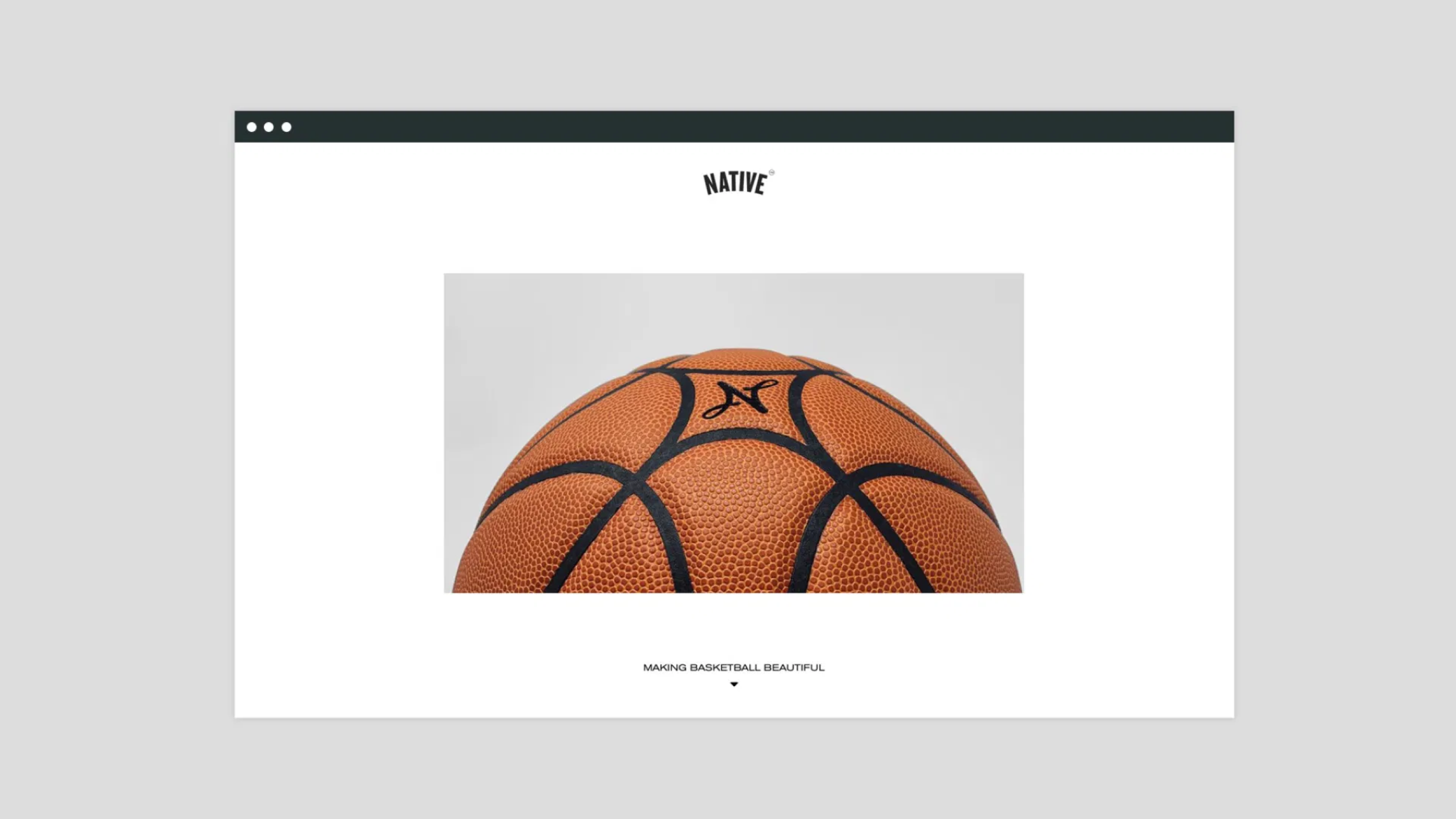
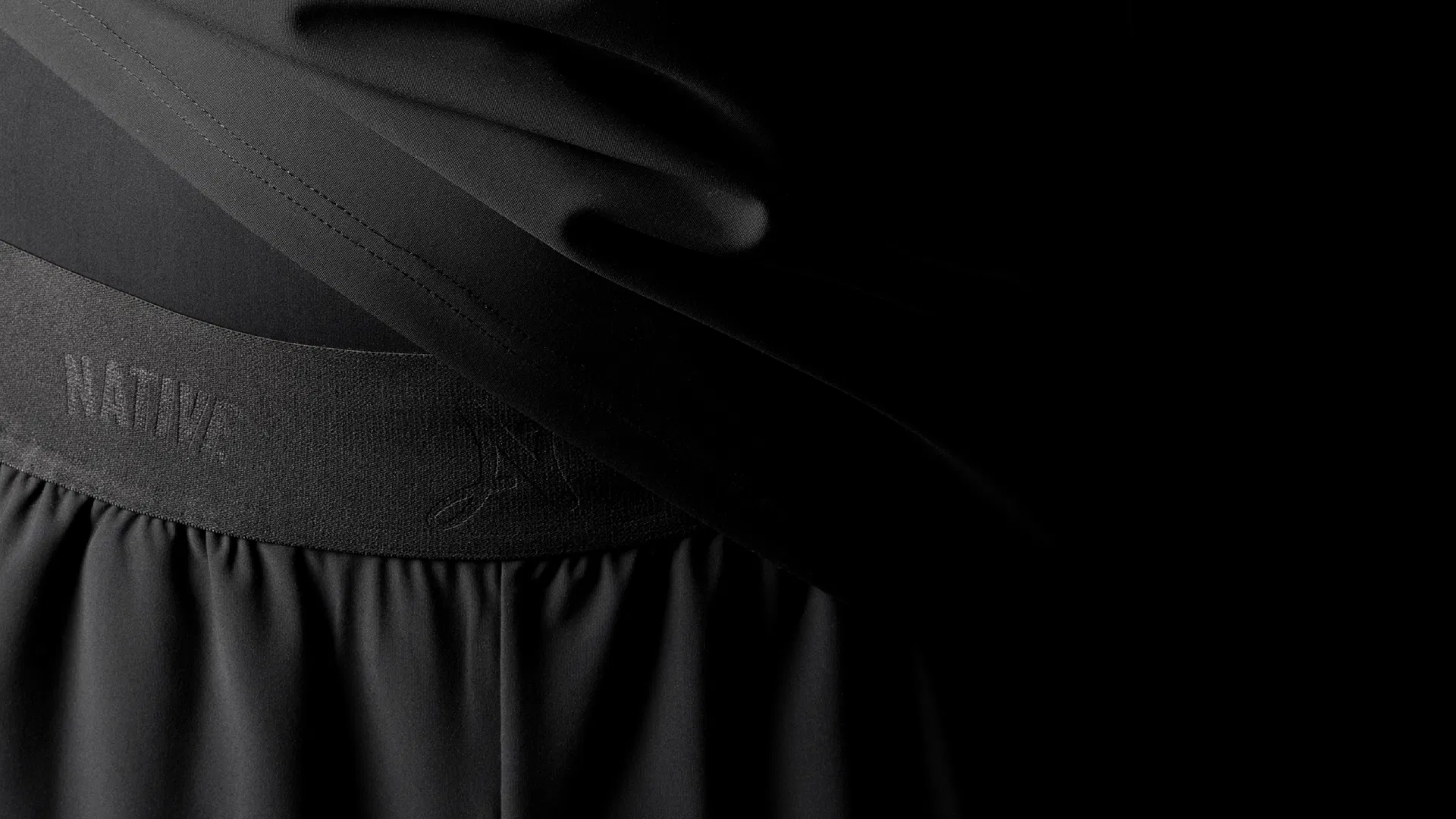
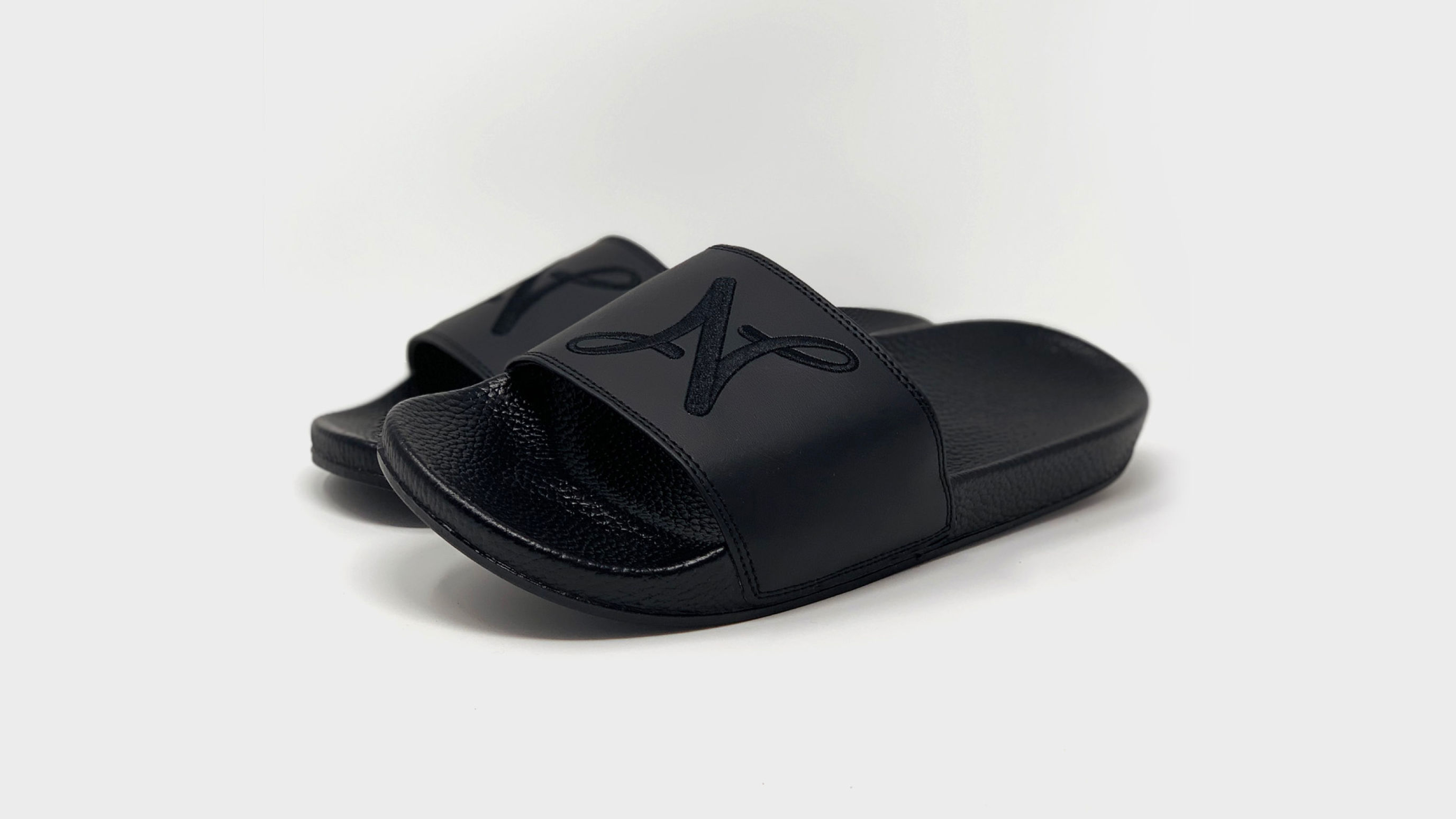
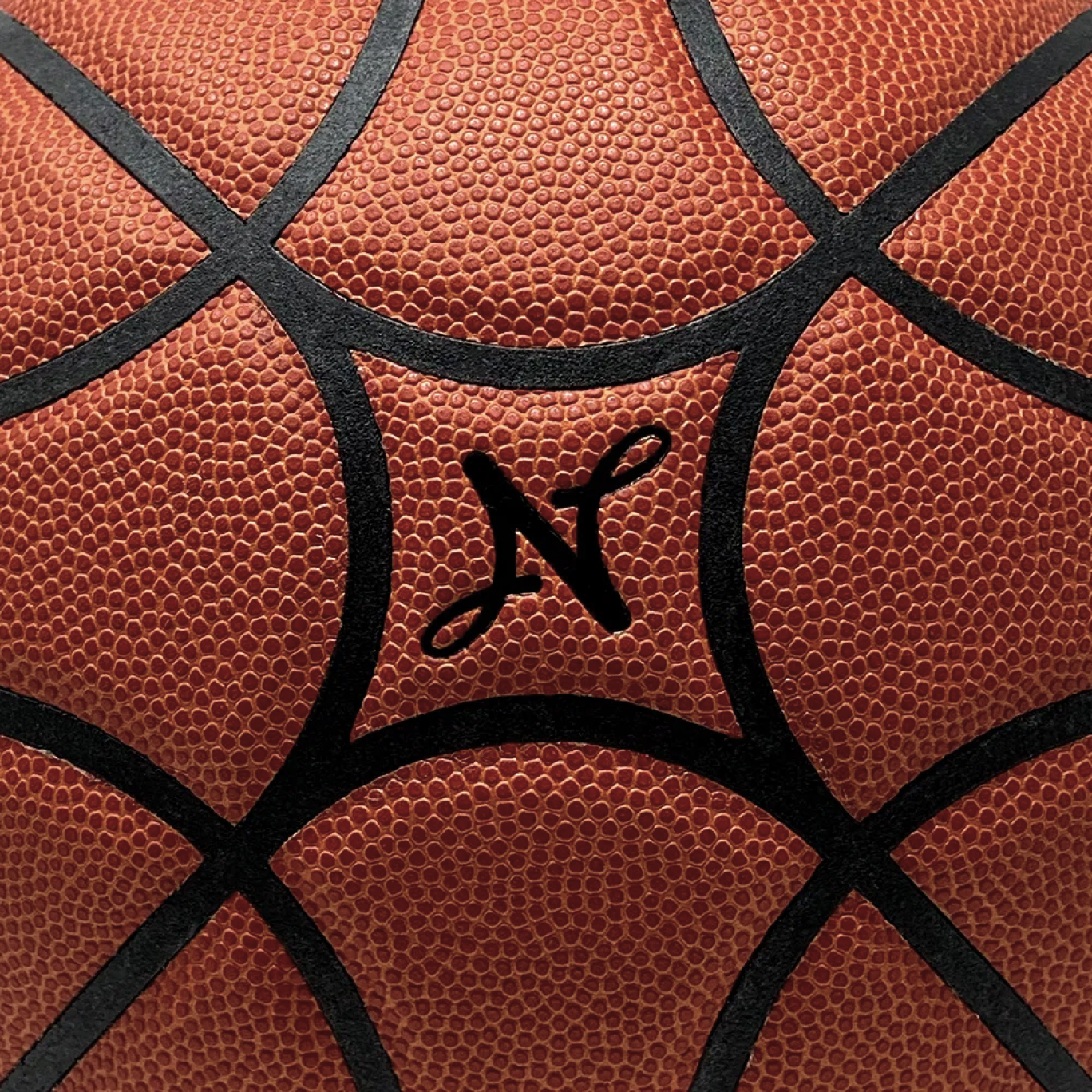
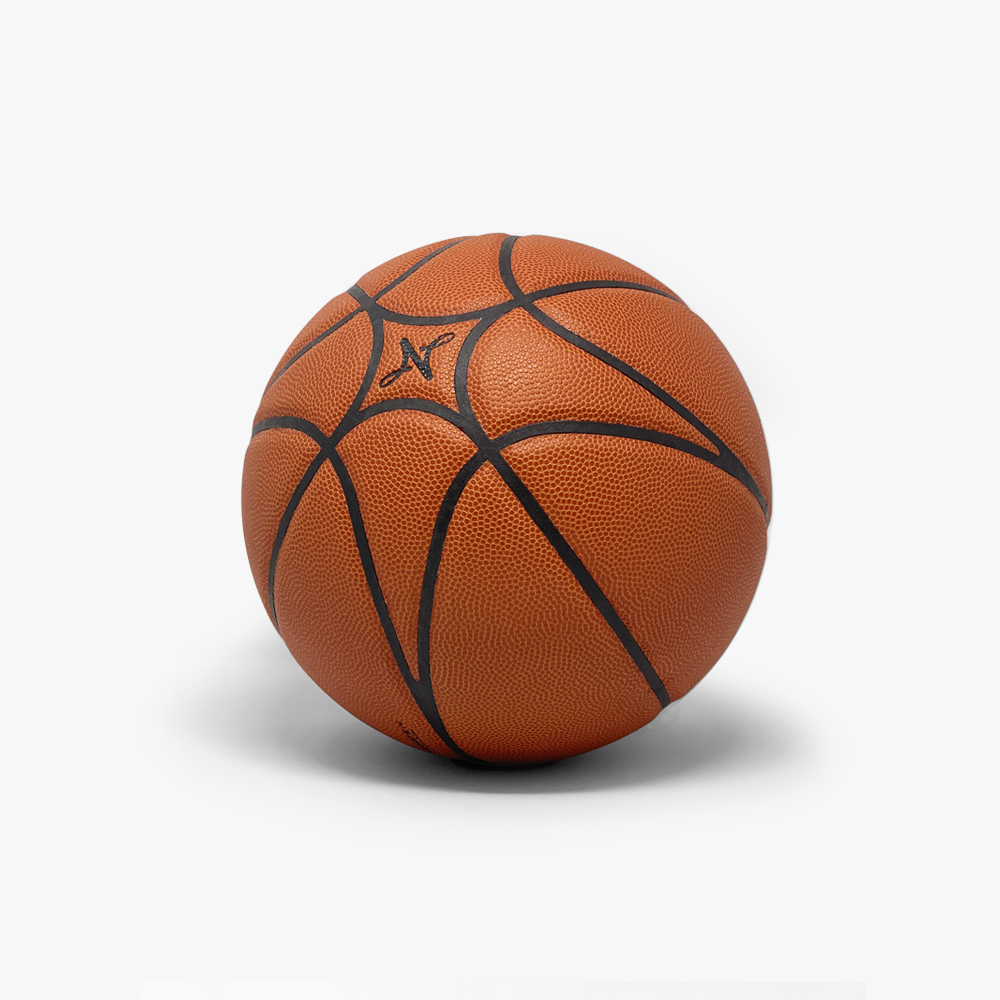
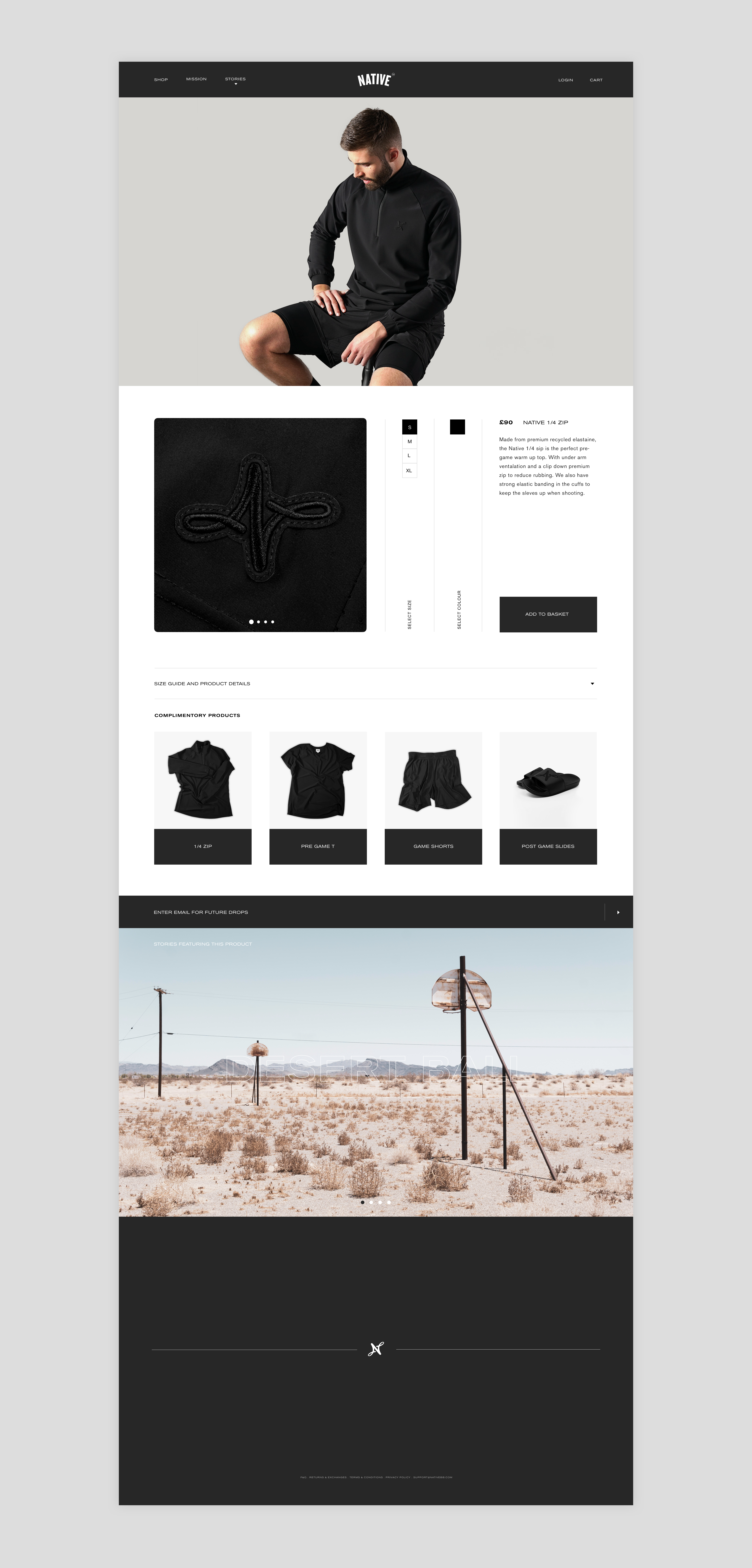
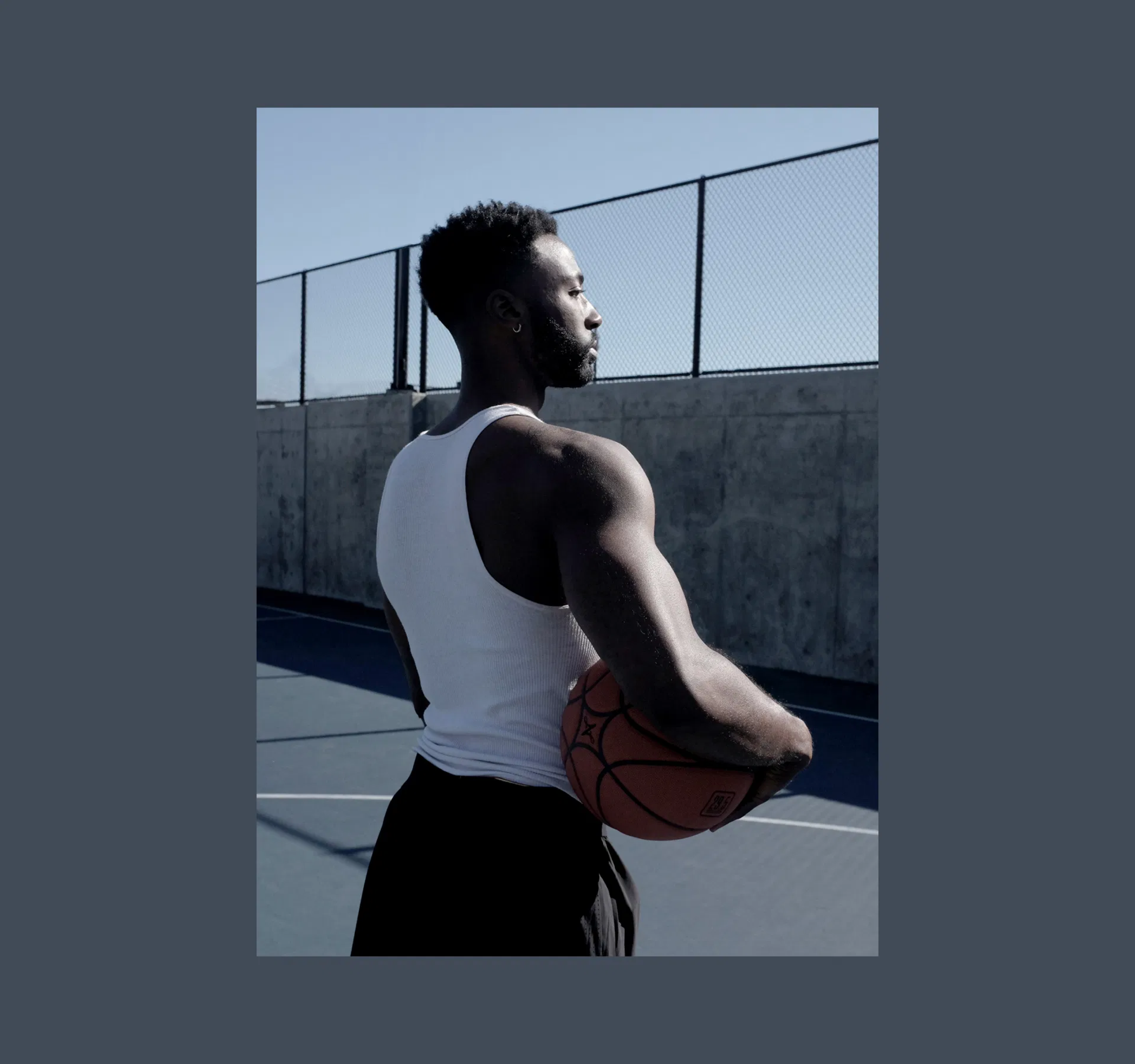

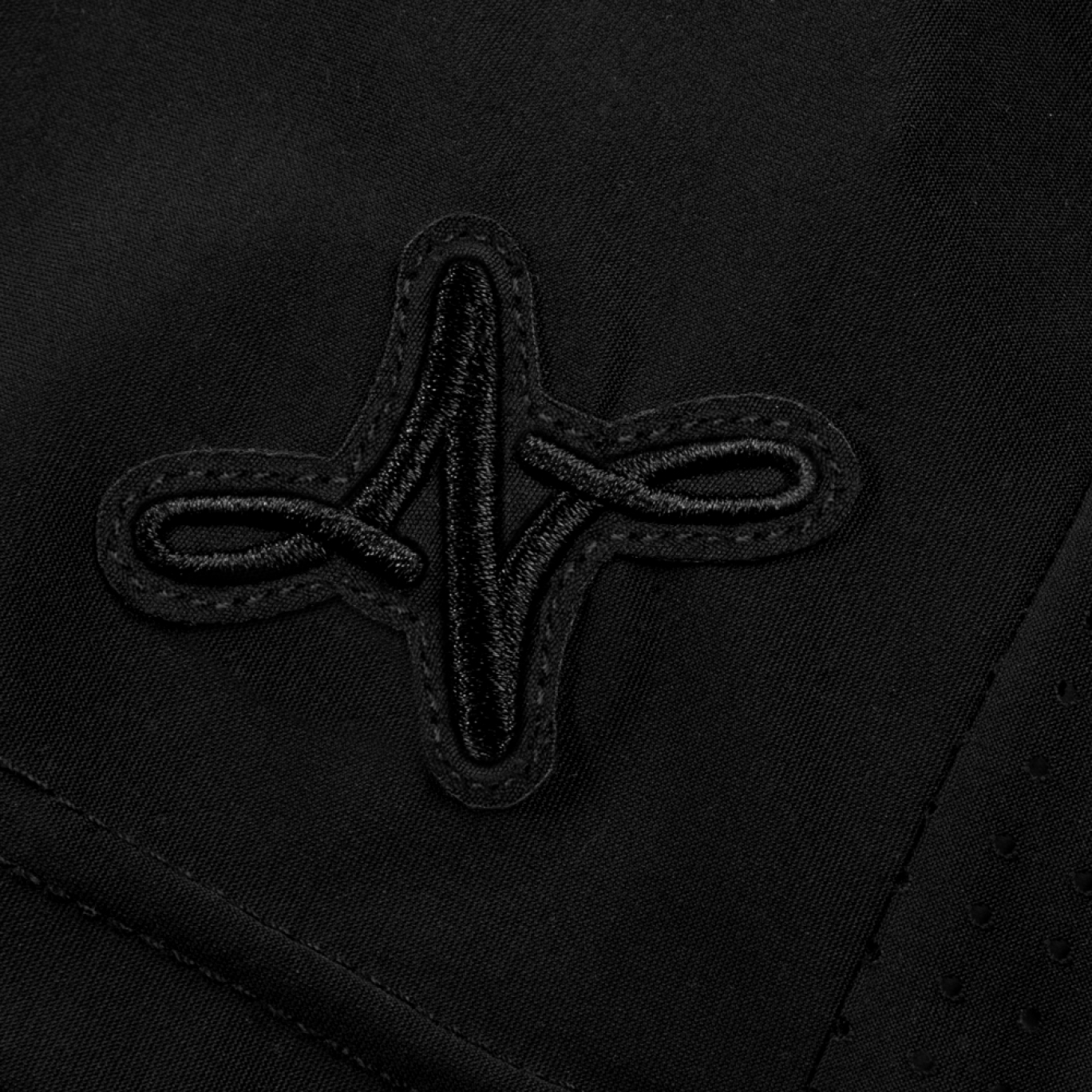
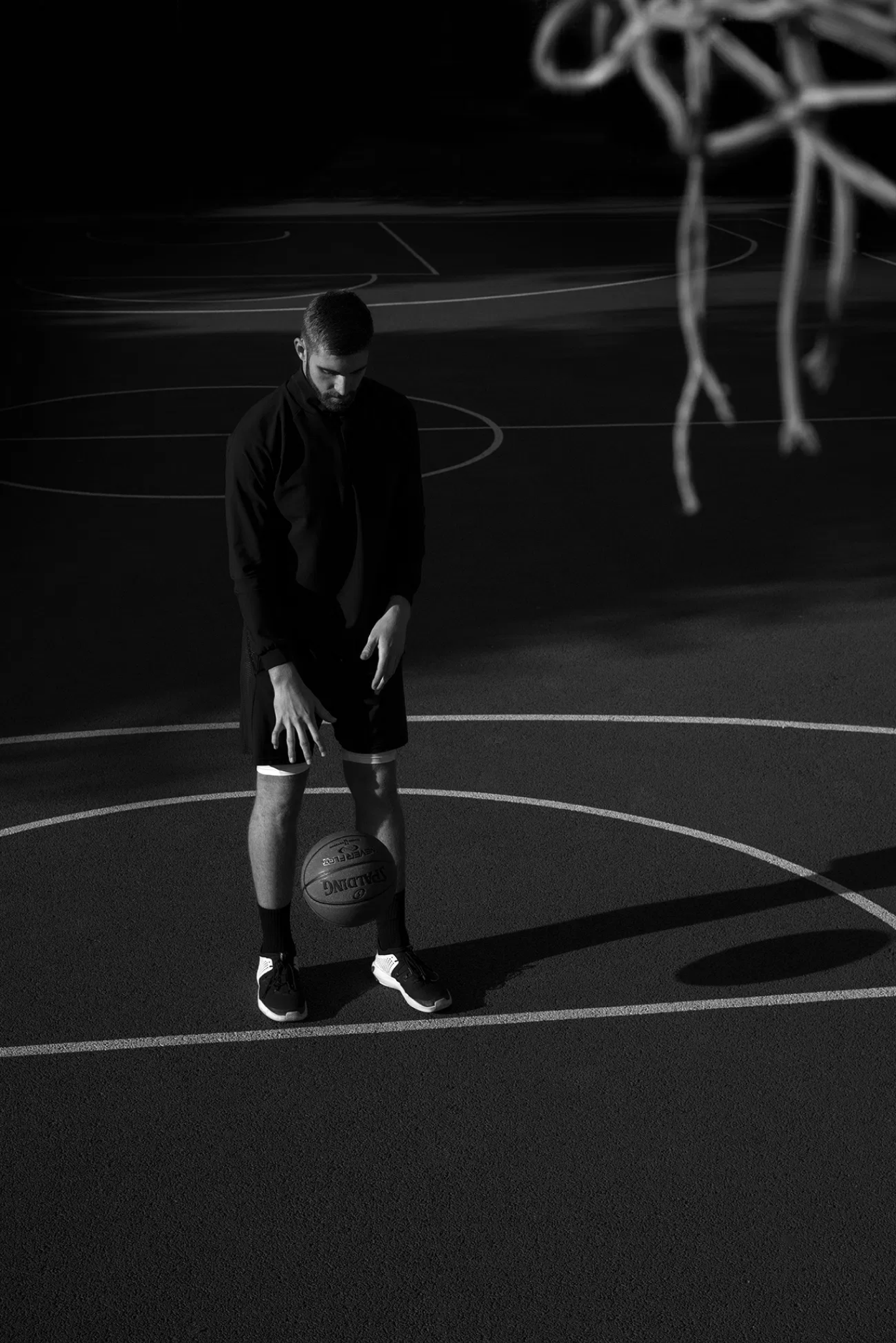
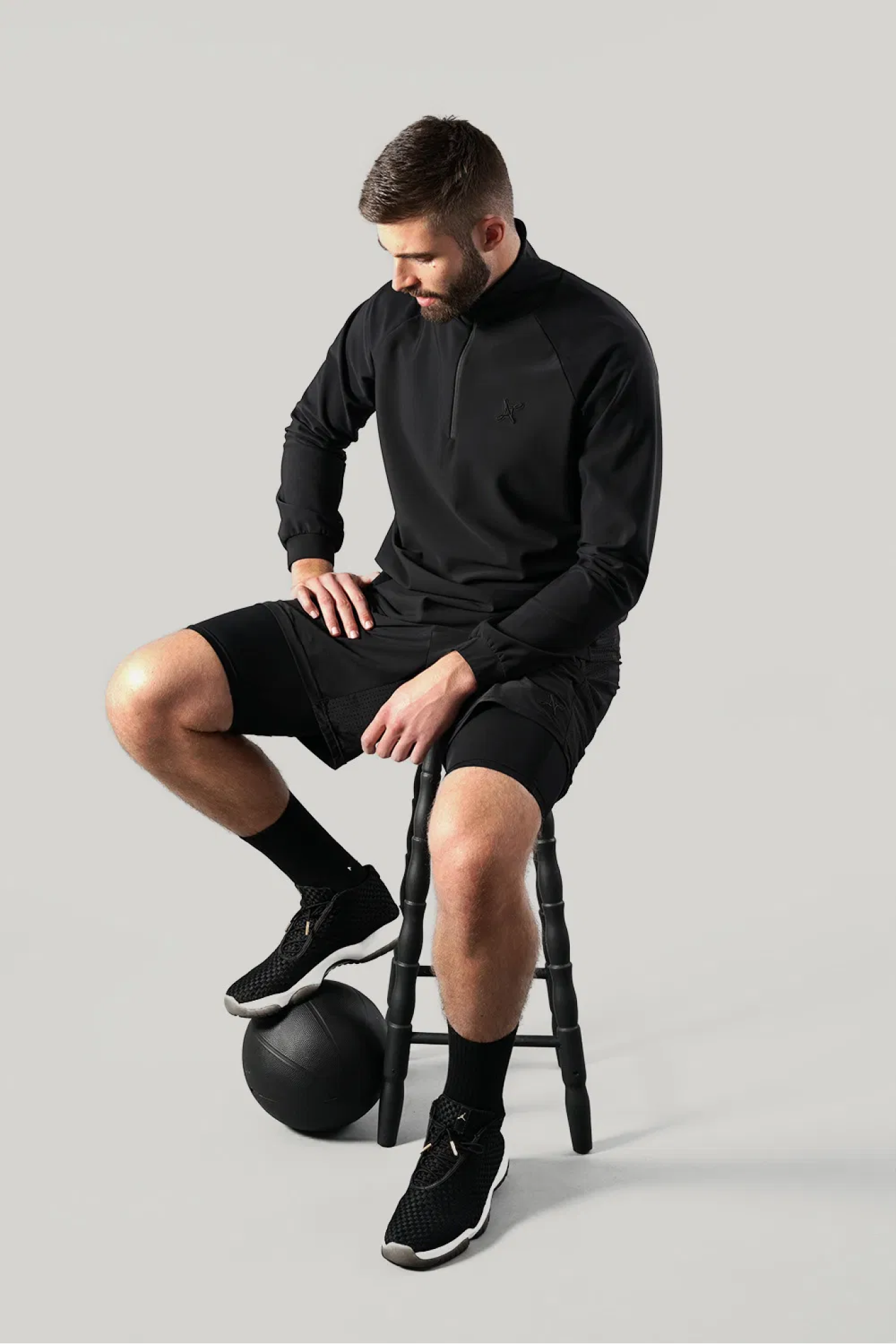
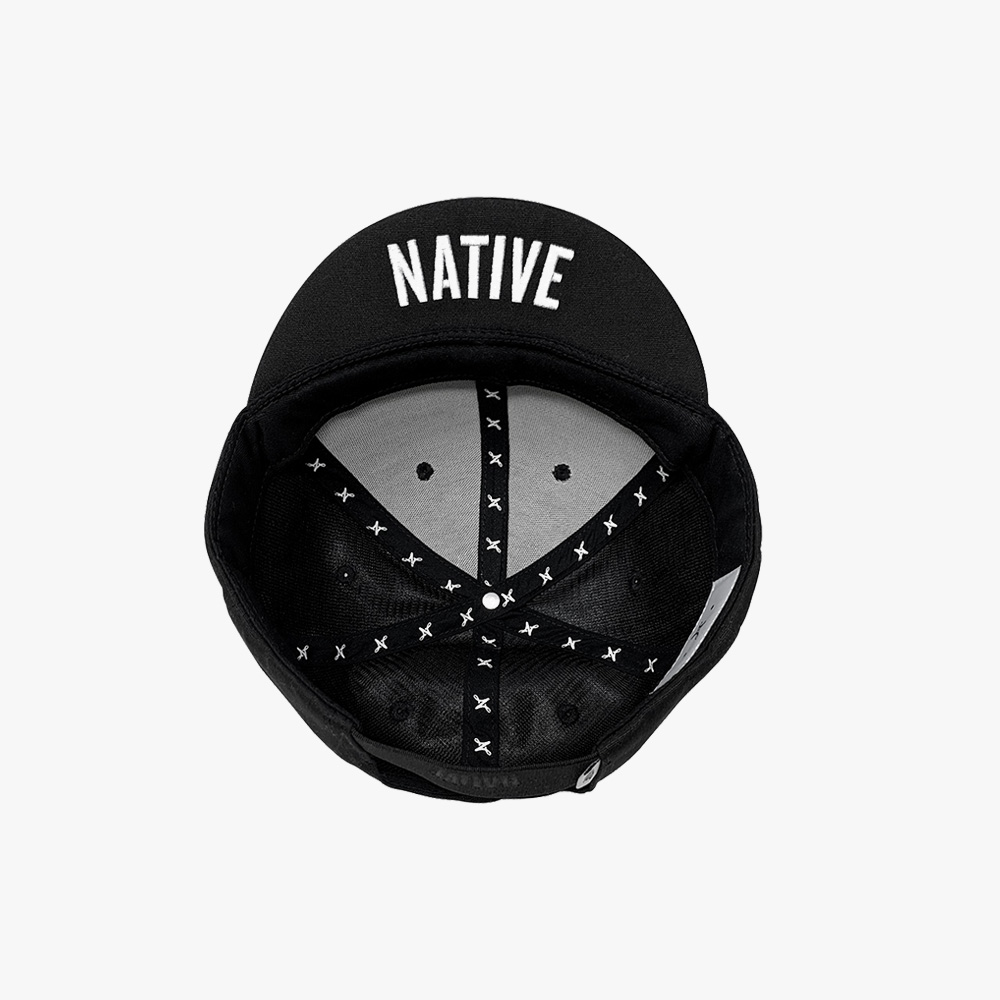
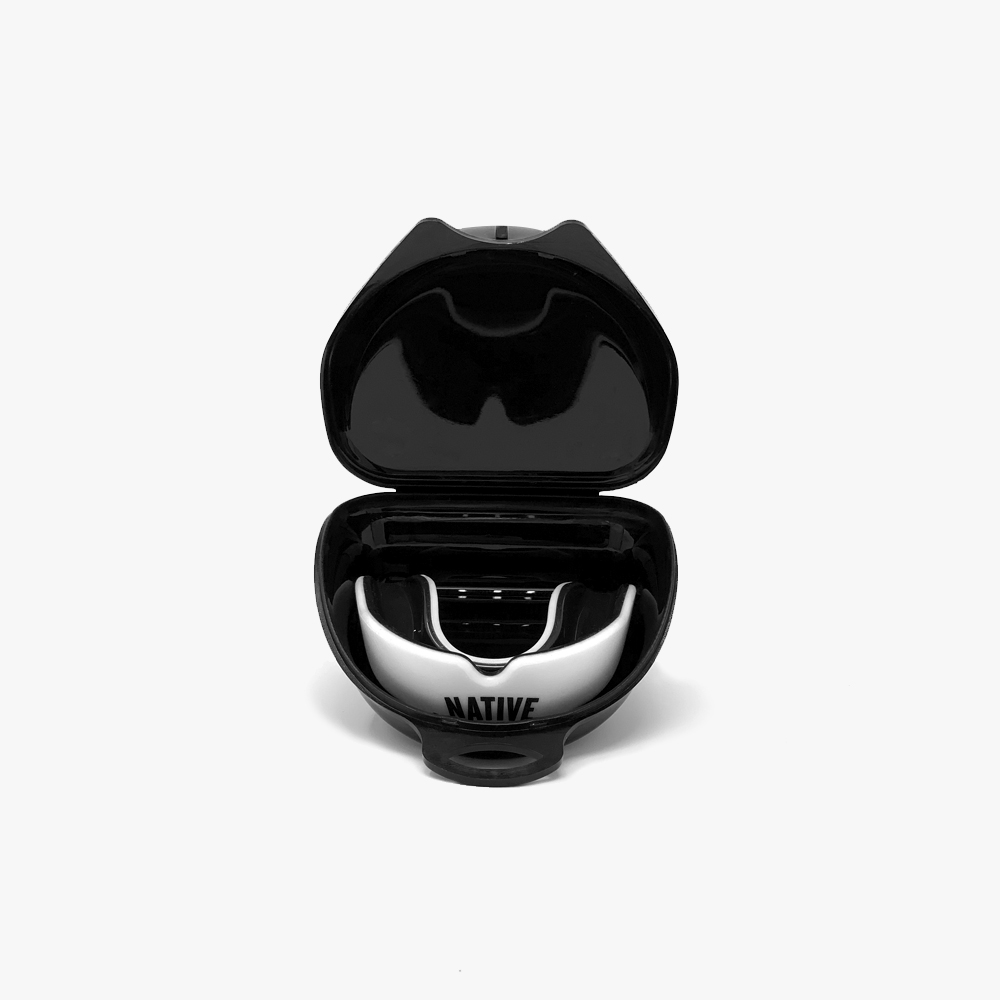
Credits
-
Founder & Creative Director
Ricky Richards
-
Founder & Engineer
Edward Turner
-
Garment Technician
Matthew Crocker
-
Photographer
Ollie Mills
-
Photographer
Ricky Richards


